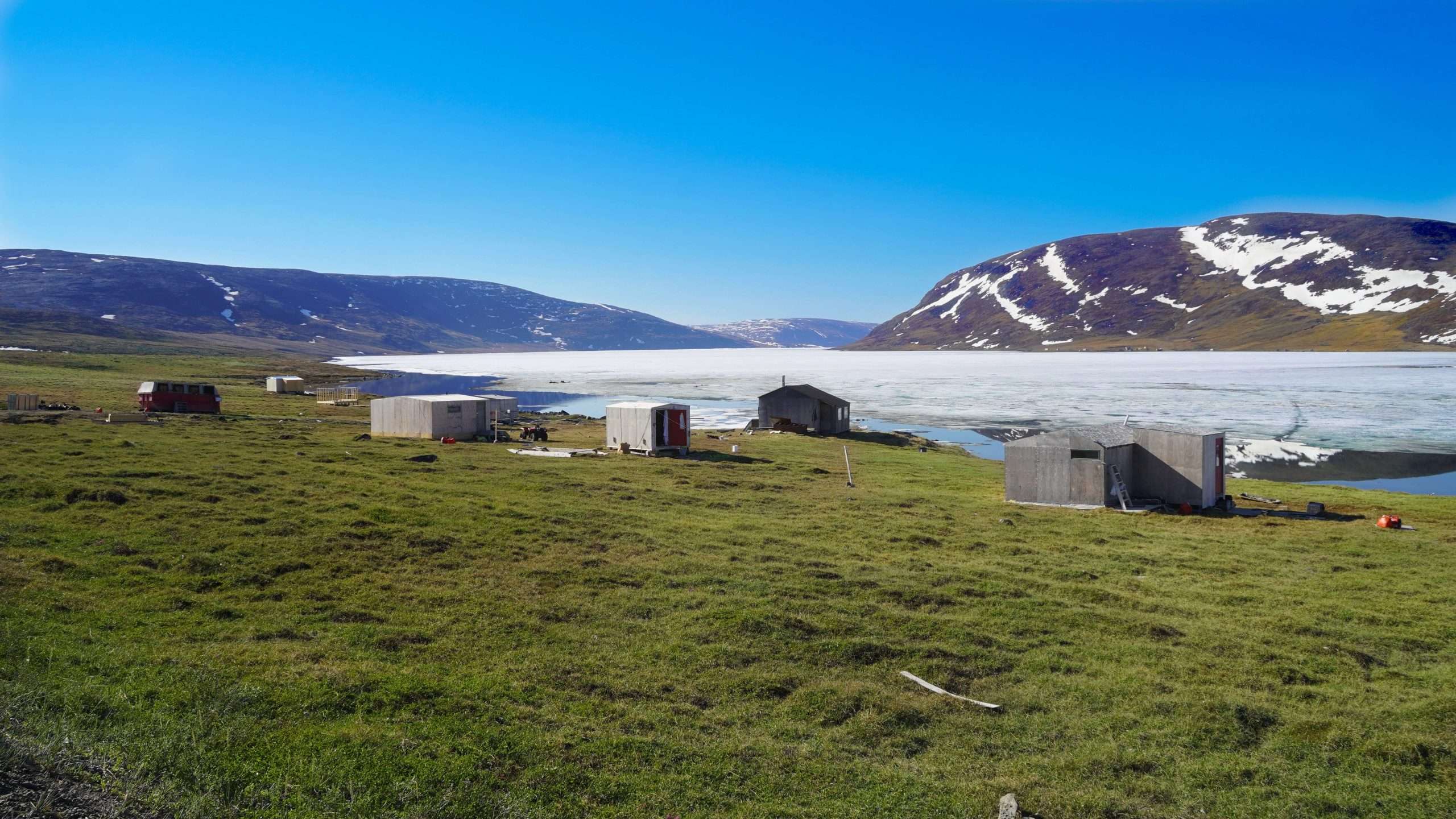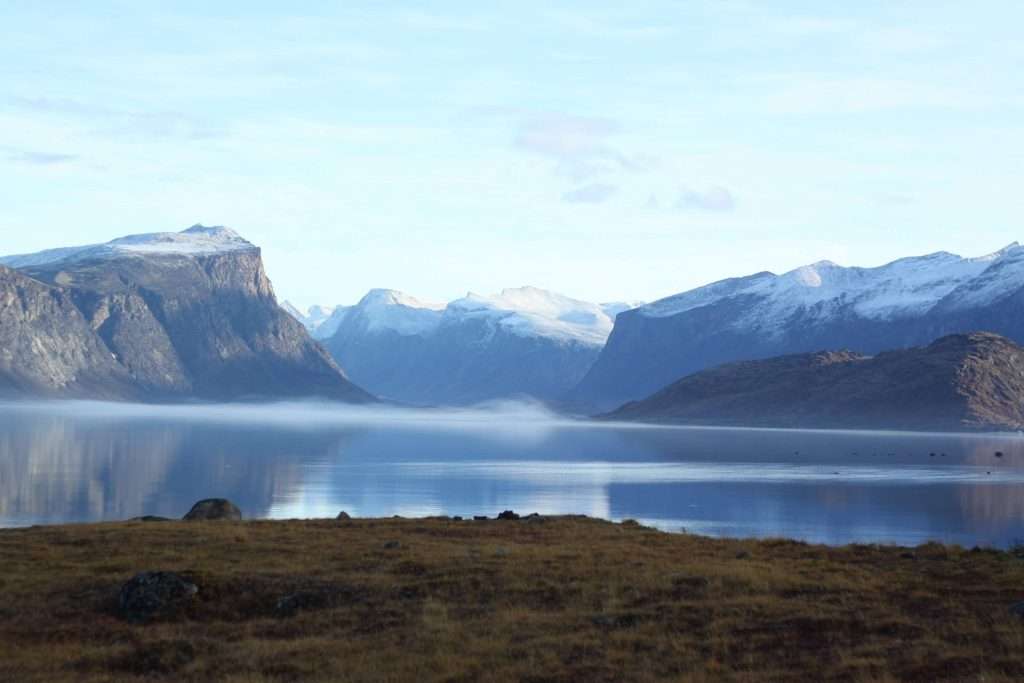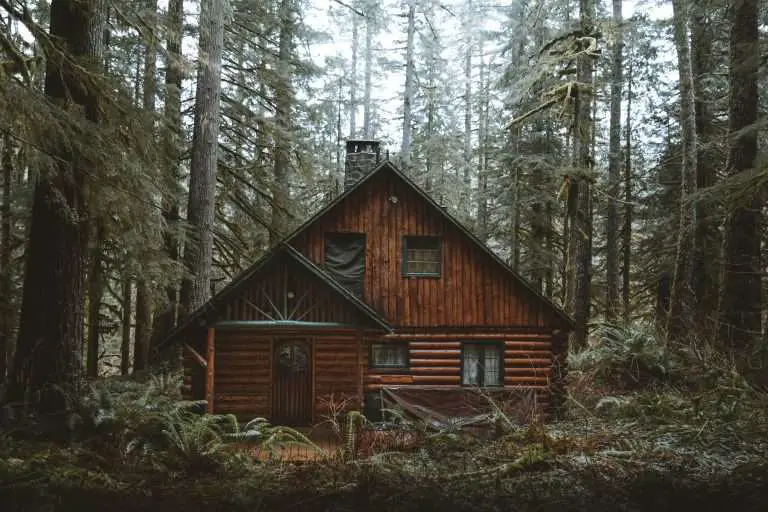Living off the grid in Nunavut, located on the northern coast of Canada, is undoubtedly challenging, but it offers a rewarding and unique lifestyle. With its stunning beauty and frigid climate, Nunavut presents a distinct experience compared to living off the grid in southern provinces. In this remote region, where harsh weather makes crop cultivation difficult, off-grid residents heavily rely on hunting and fishing. The availability of freshwater is generally not a problem, but the dry climate demands higher water usage. Despite the limited power generation options, including solar panels and wind turbines, incentives and rebates are scarce. While land may be relatively affordable, the cost of building or buying houses can be steep due to the need to import materials. Furthermore, the cost of living in Nunavut is high, with limited shopping options and expensive groceries. With limited job opportunities, mainly in mining, fishing, hunting, and arts, living off-grid in Nunavut requires meticulous planning and preparation to embrace the remote location and harsh weather conditions.
Challenges of Living off the Grid in Nunavut
Living off the grid in Nunavut, a province located on the northern coast of Canada, comes with its own unique set of challenges. From the harsh climate to limited access to supplies, off-grid living in this region requires careful planning and preparation. Let’s explore some of the main challenges faced by those who choose to live off the grid in Nunavut.

Harsh Climate
Nunavut is well-known for its cold and harsh climate. With long and extremely cold winters, the temperature can often drop below freezing for extended periods of time. This poses a significant challenge for off-grid residents who must find ways to stay warm and protect themselves from the harsh elements.
Limited Food Options
The local climate in Nunavut makes it difficult to grow crops, which limits the availability of fresh produce. As a result, most off-grid residents rely on hunting and fishing as their primary source of food. This requires a certain level of skill and knowledge about the local wildlife and fishing spots.
High Cost of Living
Nunavut has a high cost of living due to the need to import goods and limited access to supplies. The cost of groceries, household items, and fuel can be significantly higher compared to other parts of Canada. This poses a challenge for off-grid residents who must carefully budget and find ways to reduce expenses.
Limited Power Generation Options
Generating power off the grid can be a challenge in Nunavut. While solar panels and wind turbines are potential options, the availability of incentives and rebates is limited. This makes it more difficult for off-grid residents to invest in renewable energy sources and reduce their reliance on fossil fuels.

Water Needs
Nunavut has a dry climate, which means off-grid residents have higher water needs compared to other regions. While freshwater availability is generally not a problem, proper water conservation and storage methods are essential to ensure a sufficient supply of clean drinking water.
Limited Access to Supplies
Living off the grid in Nunavut means limited access to supplies. The province has a low population density and is home to several Inuit communities, which are often located in remote areas. Off-grid residents must plan ahead and consider bulk purchasing, personal transportation options, and utilizing community resources to overcome the challenge of limited supply access.

Limited Transportation Options
Transportation in Nunavut can be challenging, especially for off-grid residents who are located in remote areas. Limited road access means that snowmobiles and dog sleds are common means of transportation, particularly during the winter months. Boats and canoes are also used in areas close to bodies of water.
Expensive Housing
While the cost of land in Nunavut may be relatively cheap, building or buying a house can be expensive. This is due to the need to import construction materials, which can significantly increase the overall cost. Off-grid residents must carefully consider their housing options and explore alternative housing structures, such as traditional Inuit structures, to manage costs.

Limited Job Opportunities
Nunavut has limited job opportunities, with the main industries being mining, fishing, hunting, and arts. This can pose a challenge for off-grid residents who need to find alternative income sources to sustain their lifestyles. Developing unique skills and exploring self-employment opportunities can help overcome this challenge.
Living off the grid in Nunavut may have its challenges, but with careful planning and preparation, it is possible to thrive in this beautiful and unique region of Canada. Understanding the environment, choosing the right location, building a supportive network, developing self-sufficiency skills, and embracing the rewards of off-grid living are key considerations for anyone considering this lifestyle. While there are obstacles to overcome, the breathtaking natural beauty and close-knit communities of Nunavut make it a rewarding choice for those seeking a truly independent and self-sustainable lifestyle.




